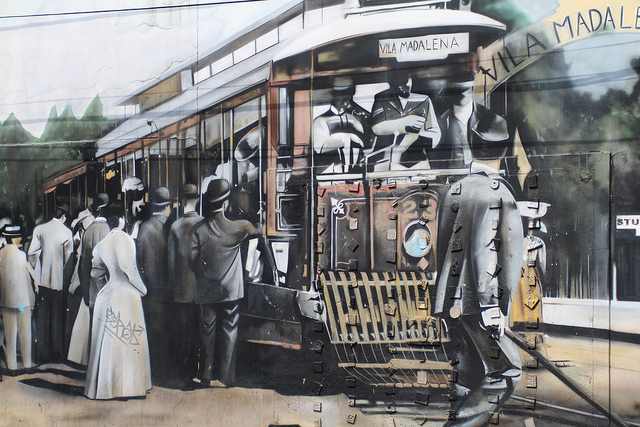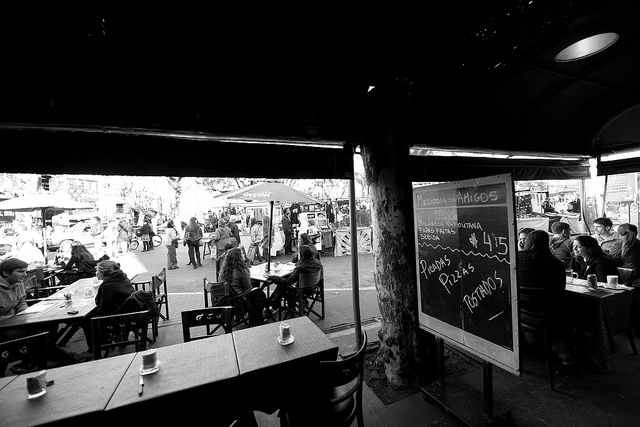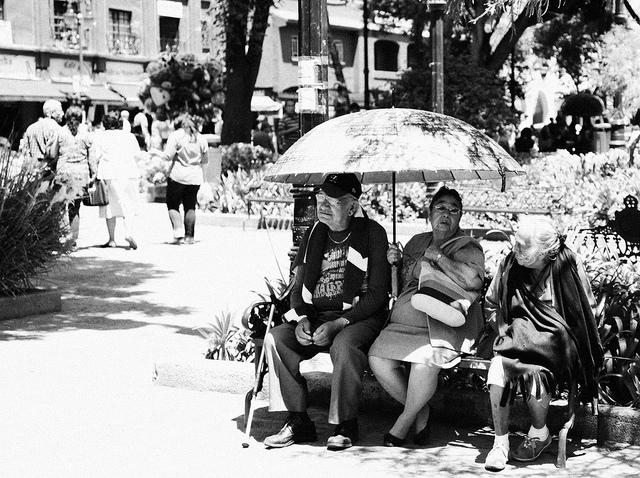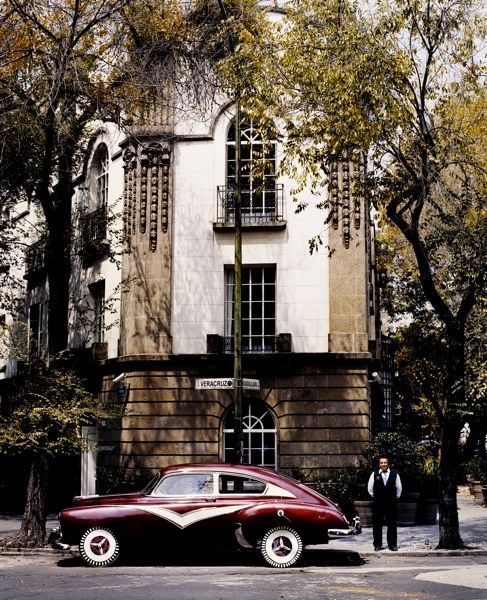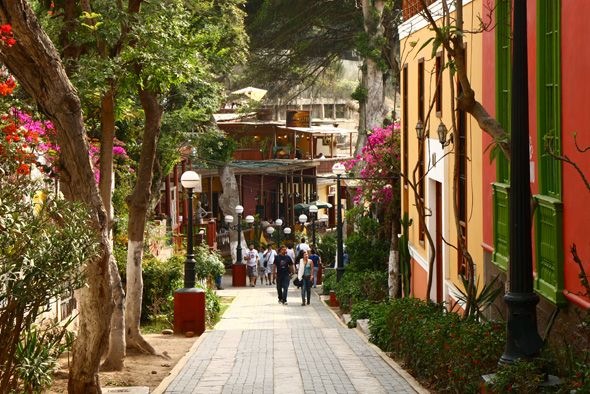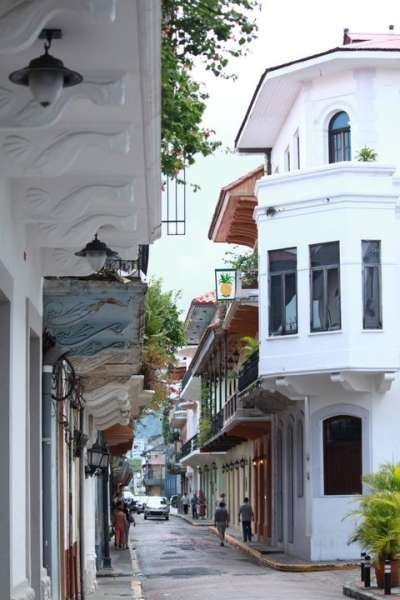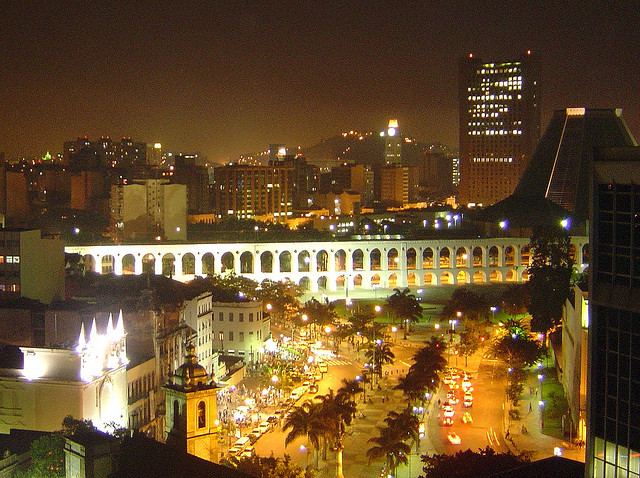responsible travel
Dale sentido a tu maleta / Give your luggage a meaning
Muchos de vosotros estáis a las puertas las vacaciones así que os quiero presentar un gran proyecto a todos aquellos que van a viajar en los próximos meses.
Conocí a Dani Losada y a su iniciativa, Trip Drop, hace unos meses. Trip Drop es un pequeño hueco en la mochila de viaje. Un pequeño hueco para llenarlo con las necesidades de organizaciones sin ánimo de lucro por todo el mundo. Es una oportunidad única de participar en la cultura local y de implicarte y conocer más a fondo tu destino pues serás el encargado de llevar lo que traes a quien lo necesita.
En su web encontrarás toda la información para saber qué y dónde has de llevar el material. Os ánimo a todos aquellos viajeros a que participéis!
Algunos proyectos en Latinoamérica con los que colaborar:
Many of you are just a few days or weeks away from your holidays so I wanted to present a great project for all those who are going to be traveling.
I met Dani Losada and his initiative, Trip Drop, a few months ago. Trip Drop is a small space in your luggage. A small empty space to fill the needs of nonprofit organizations worldwide. It is a unique opportunity to participate in the local culture, get involved and learn more about your destination as you will be responsible for taking the items to those in need.
On their website you will find all the information you need to know regarding what and where you have to take the material. I encourage everyone to participate in this great initiative!
Some projects in Latin America with whom to collaborate:
ETIS (Equipo de Trabajo e Investigación Social) – Buenos Aires, Argentina
ETIS es una Asociación Civil sin fines de lucro que implementa programas socioeducativos para niños y jóvenes socialmente vulnerables.
Buscamos el fortalecimiento de la educación mediante la participación comunitaria, para la transformación de los propios barrios.
Integrado por diversidad de miembros (vecinos de las comunidades, voluntarios, estudiantes y profesionales), los voluntarios colaboran con talleres culturales, educativos o deportivos, y de capacitación o formación.
¿Qué necesitan? Útiles escolares, material deportivo, libros, material informático
Contacto: María Sol Rodríguez Tablado (proyectos@etis.org.ar)
Lugares para visitar en los alrededores: Quilmes, Tigre, Vicente Lopez, Moreno
ETIS is a Civil Association that implements social and educational programs for children and socially vulnerable youth. We seek to strengthen education through community participation for the transformation of the neighborhoods. Composed of diverse members (residents, volunteers, students and professionals), volunteers work with cultural, educational and sports workshops.
What do you need? School supplies, sports equipment, books, supplies
Contact: Maria Sol Rodriguez Tablado (proyectos@etis.org.ar)
Places to visit nearby: Quilmes, Tiger, Vicente Lopez, Moreno

ALDEA Yanapay – Cuzco, Perú
ALDEA YANAPAY nace en 2004, en la ciudad de Cuzco, y cuenta con escuelas alternativas que funcionan todas las tardes, donde acuden niños de entre 4 y 12 años (después de haber idol colegio). Además de proporcionar cariño a estos niños de familias de escasos recursos, se les ofrecen programas educativos y de desarrollo humano. Algunos programas son la Biblioteca, donde los niños desarrollan sus tareas escolares, Arte y Expresión, Ludoteca y Tutoría. Además, todos (voluntarios y niños) participan todos los días en el famoso Círculo de Expresión, donde filosofan, plantean los problemas que tiene cada uno y se buscan soluciones.
¿Qué necesitan? Material educativo (libros en español e inglés), material escolar (hojas, cuadernos, lapiceros, bolígrafos, rotuladores, etc), juguetes, ropa y zapatos
Contacto: Yuri David Valencia Barro (yuriyanapay@gmail.com; aldeayanapay@yahoo.com)
Lugares para visitar en los alrededores: La Ciudad Inca de Machu Picchu, El valle sagrado de los Incas, Lugar sagrado inka Choquequirao, La Fortaleza de Sacsayhuaman, El Lago Titicaca, Comunidades Rurales, Montañas Sagradas, Selva Maldonado.
ALDEA YANAPAY was born in 2004, in the city of Cuzco, and has alternative schools that run every afternoon for children between 4 and 12 years old. In addition to providing affection to these children from families with limited resources, they offer educational and human development programs. Some programs include the Library, where children do their schoolwork, Art and Expression, Toy Library and Tutoring. In addition, everyone (volunteers and kids) participate every day in the famous Circle of Expression, where we philosophize about the problems of each person and solutions are sought.
What do you need? Educational material (books in Spanish and English), school supplies (paper, notebooks, pencils, pens, markers, etc.), toys, clothes and shoes
Contact: David Yuri Valencia Barro (yuriyanapay@gmail.com; aldeayanapay@yahoo.com)
Places to visit nearby: The Inca City of Machu Picchu, The Sacred Valley of the Incas, Choquequirao Inca sacred place, Sacsayhuaman Fortress, Lake Titicaca, Rural Communities, Sacred Mountains, Maldonado Forest.

Pintando Caminos – Bogotá, Colombia
¿Qué necesitan? Sería muy interesante realizar algún taller de artesanía, manualidades, artes plásticas, dibujo, etc. Además de proporcionar el material al centro, dará la oportunidad al viajero de involucrarse y participar con los niños en cualquier actividad.
Todo puede comprarse en el sector de Ciudad Bolívar, es más barato y la divisa se queda allí, ya que es uno de los sectores más desfavorecidos de Bogotá
Contacto: Oscar Pérez (hola@holaghana.org)
Lugares para visitar en los alrededores: Cerro de Montserrat, La Candelaria, Museo del Oro, Parque Metropolitano Simón Bolívar
What do they need? It would be interesting to conduct a craft workshop, arts, drawing, etc.. In addition to providing the material to the center we give the traveler the opportunity to get involved and participate with the children in any activity.
Everything can be bought in the area of Ciudad Bolívar, is cheaper and the money stays there as it is one of the most disadvantaged sectors of Bogotá
Contact: Oscar Perez (hola@holaghana.org)
Places to visit nearby: Cerro de Montserrat, La Candelaria, Gold Museum, Simon Bolivar Metropolitan Park

Escuela Araucarias de Chile – Santiago, Chile
¿Qué necesitan? Básicamente necesitamos cemento, arena y piedrecillas que en moneda extranjera se valora en 125 USD para fabricar un piso donde se encuentran unas maquinas de ejercicio para los niños y las personas de la comunidad. Es una plaza comunitaria que forma parte de la escuela y es para fomentar hábitos de vida saludable en la población.
Contacto: José Luis Villagrán Barahona (jose.villagran@araucariasdechile.cl)
Lugares para visitar en los alrededores: Santiago de Chile
What do they need? Basically we need cement, sand and pebbles that are valued at 125 USD for building a floor where we’ll put some exercise machines for children and people of the community. It is a community space that is part of the school to promote healthy lifestyles in the population.
Contact: Jose Luis Villagran Barahona (jose.villagran @ araucariasdechile.cl)
Places to visit nearby: Santiago de Chile
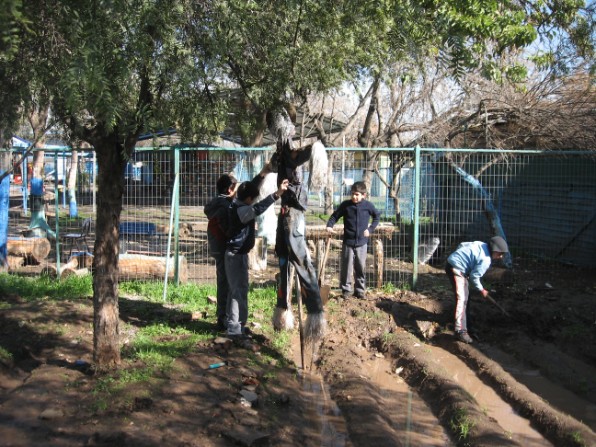
Obras del Hermano Pedro – Antigua, Guatemala
¿Qué necesitan? El centro acoge a 250 paralíticos cerebrales. Lo que más falta nos hace es:
– Ropa, que se puede dejar en el hospital volviendo con la maleta vacía o llena de regalos
– Medicinas: valen todas, siempre que NO estén caducadas, y estén bien identificadas.
– Pañales de todos los tamaños.
Contacto: Juan Casanova Ramón Borja (jcasanova@fivo.org)
Lugares para visitar en los alrededores: Antigua es una ciudad colonial de obligada visita para todo aquel que vaya a Guatemala, está rodeada por 3 volcanes.
What do they need? The center houses 250 disabled people. What we most need is:
– Clothing that can be left in the hospital and return with an empty suitcase or full of gifts
– Medications: we can use anything, provided that they are NOT expired, and are well identified.
– Diapers of all sizes.
Contact: Juan Ramón Casanova Borja (jcasanova@fivo.org)
Places to visit nearby: Antigua colonial city is a must see for anyone going to Guatemala, is a beautiful city surrounded by three volcanoes.

Top 5 Most Interesting Climbing Day Trips
A climbing and hiking trip is one of the very best ways to see as much of a country as possible. The exertion of the climb is immediately worth it when you reach your summit and experience the most incredible possible views of your destination. You don’t have to be an expert rock climber to experience the joy and exhilaration of a unique climbing trip. Here are five of the most interesting climbing experiences in the world, all of which are completely accessible to novices. Just remember not to look down!
Climb the Villarrica Volcano
Standing at an altitude of 9,440 feet , the Villarrica volcano is one of the only active volcanoes in the world that you can climb in a day trip, making it an essential excursion for anyone visiting Chile and a truly unique and interesting experience. Volcano Live report that Villarrica is one of Chile’s most active volcanoes, although it hasn’t experienced a full eruption since 1971 so it’s perfectly safe to climb. You’ll experience a full range of climatic conditions during your hike to the mountains peak, passing through ice and snow before ultimately arriving at the steaming hot bubbling surface of the volcano: a view that you’ll never forget! Villarrica is one of the world’s most climbed stratovolcanoes, and a day trip to its peak generally last between 7-11 hours (with 4-5 of those being the physical activity of the climb itself). An excursion to climb the mountain is accessible for climbers of all ability levels, but the trip isn’t recommended for children under the age of 12 years old.
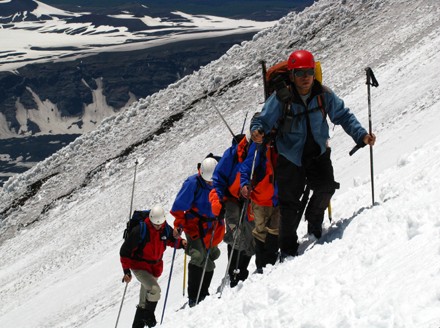
Climb and Rapel in the Andes
The Andes are famous for the unique and interesting climbing opportunities they afford. In fact, The Andes have been selected as one of the world’s top ten climbs by National Geographic magazine, making a day trip here the perfect taster of a journey so many people travel to experience again and again. Enjoy a trek in “Cerro Manos” with stunning views of Cordon del Plata then spend your afternoon climbing and repelling in the foothills of the mountain for a full-blown adrenaline hit. The landscape you’ll see during this trip is truly breath taking, and if you’re considering a more intensive trip through The Andes to travel to higher peaks of this mountain range then this beginner-level day trip is a fantastic way to dip your toe in the water and put your climbing skills to the test.

Climb the Great White Pass
By complete contrast to the heat and humidity of climbing through the Andes, the Great White Pass is a cold climb in the heart of Skagway, where you’ll climb against a smooth granite surface whilst being framed by glaciers and truly breathtaking views. As Iglu Cruise point out, there are many stunning views on your climb including Skagway River, the White Pass Route Railway and the beautiful surrounding areas. The White Pass and Yukon Route Railway website reports that this is one of the most popular excursions in the area, with around 900,000 tourists visiting the area each year, and it’s easy to see why.

Trek Along The Cocoa Route
If you’re looking for a gentler trip with lower altitudes and very little traditional climbing involved then a trek along the cocoa route in the heart of Venezuela could be the perfect trip for you. This historically important route passes through the Henri Pittier National Park, an area renowned for the natural beauty of its flora and fauna. Due to the changes of altitude levels throughout this route you’ll experience a wide and varied range of different fauna during your trip. You’ll also pass through the incredibly remote Chuao coastal town, safe in the knowledge that you’re following a path used by the by merchants of cocoa beans of yesteryear: a must see for those chocolate addicts among you!

Climb The Matterhorn
Finally, you can’t talk about the best climbing experiences in the world without mentioning The Matterhorn, the rugged mountain in Switzerland considered to be the birthplace of modern mountaineering. The Matterhorn is considered to be a very difficult climb, and one that is generally attempted by professional and experiences climbers. However, according to Alpine Ascents, there are several trails on the mountain that are accessible to novice climbers. Both novice and experienced climbers can also receive training at the base of the mountain to prepare for technical ascents. Climb this peak if you want to secure your place in the mountaineering hall of fame, and dramatically improve your climbing skills.

Contributor: Susie Higgins
